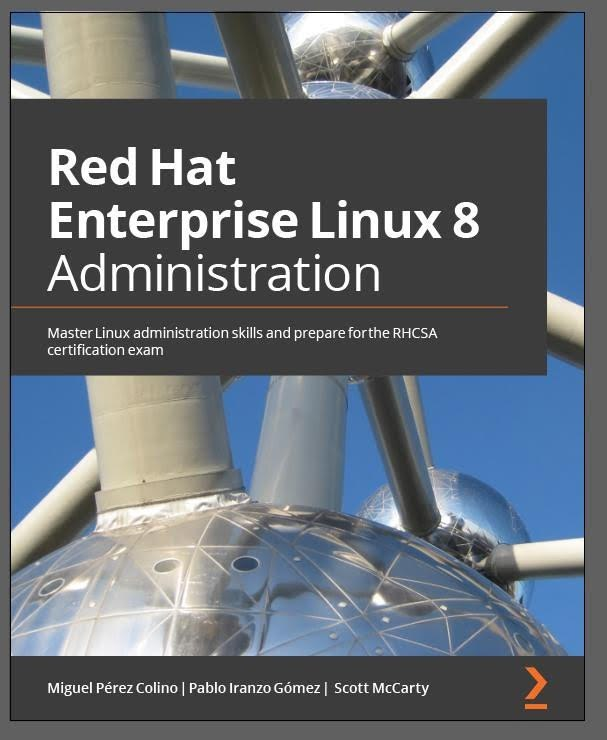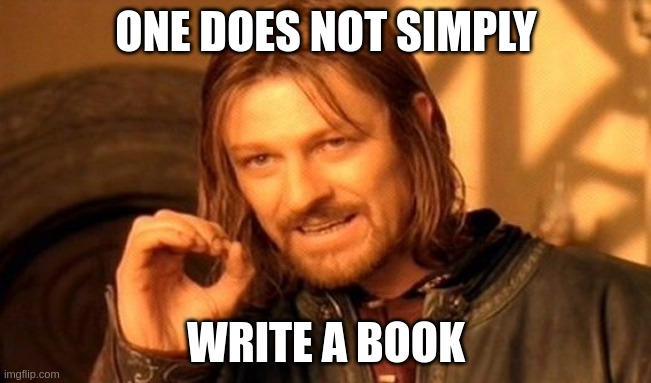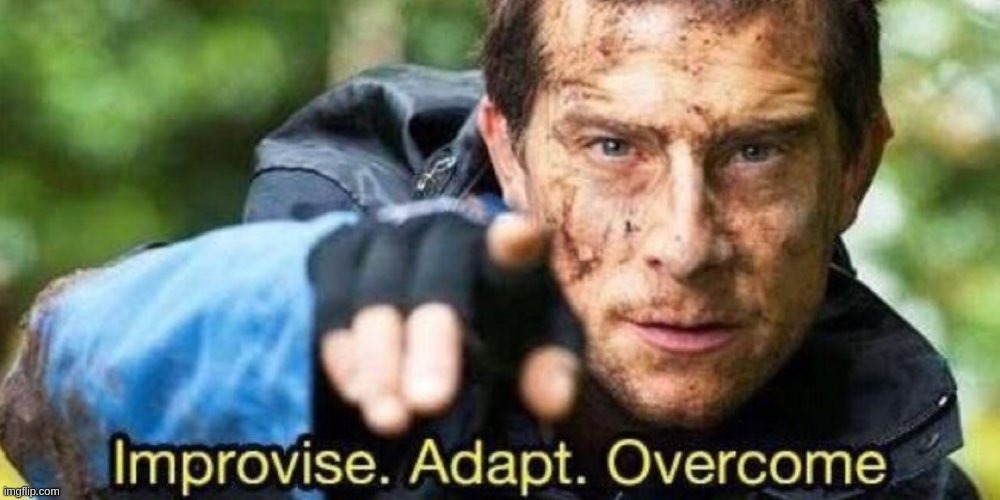The story behind the RHEL 8 Administration book
It all started in a fresh morning of November. After spending some years enabling people in Red Hat on technologies related to migrations, publishing all the content for anyone to use (including Red Hatters, Partners and Customers) I got contacted by Packt asking me is I wanted to write a book. I’ve been wanting to write a book for quite some time with focus on the initiall stage of learning techologies related to computer science. As someone who started his professional career as a Sysadmin, the topic was completely on target Red Hat Enterprise Linux 8 Administration. Although, I’m not a fast writer, it takes me a lot to write a simple blog post or document, I took this as the chance to improve my writing skills.
First steps: Outline and schedule
The first step was to prepare the book outline with all the content to be included in the book. The focus was covering all the basic skills from the ground up, in a practical manner, adding tips based on the experience running systems in production. To make the content more relevant we decided to align it to the Red Hat Certified Systems Administrator certification. As a Red Hatter who has gone through training, achieving RHCE and RHCA, I know there is no substitute for the well developed Red Hat Training materials which include labs with the chance to check the result as well as very practical, real-life oriented exam for certification that only with knowledge and practice you can pass. That’s why we oriented the book as the most complementary content possible focused on acquiring the skills as well as being an on-job reference to help before and after the certification process.
Adapting and improving
Once the outline was written, which by the way, was a good way to get started on writing, setting the stage for the book, providing the structure to project plan the whole process. Next step, defining the schedule, it was oriented to being able to write 1 hour a day. The friends at Packt did a great work there in preparing dates and allocating time to work. My first weeks were pretty stressful keeping up with my work during the day and with the book during the evenings, weekends and sometimes, nights. As the goal was to provide good quality content, I thought I needed some help. I contacted my friend Pablo Iranzo, someone who I have had the chance to work with. Someone who I call when I need to ask difficult technical questions and asked him “Do you want to join me in this adventure?”. Funny he also wanted to write a book, and share his experiences. We then rearranged the content to be created so we could do peer-writing, just like peer-programing, having time to write at a good pace and being able to review each other’s content.
Let it flow
Once everything was setup, we let things flow. Structuring each chapter into sections, providing content for thos sections while testing it step by step, formatting the content and delivering it for review. Thanks to or friends at Packt each piece of content had an editorial review, including ortography, grammar, flow and understandability; which made the whole text and images be easy to read; and also a technical review to ensure all the steps were accurate, comprehensive and functional. The first four chapters took some learning for Pablo and me but by the fifth the whole process was running smoothly.
Improving the mix
A very important new part in RHEL 8 was how containers were supported with the new tools: pdman, buildah and skopeo. Pablo and I considered this chapter so important that we wanted to put emphasis on it. After consulting with the editorial team we decided to ask Scott McCarty, the specialist on the topic, to write this special chapter. Luckily he said yes, even being extremely busy. But, with a bit of support (mainly on formatting) he managed to deliver the chapter. The icing on the cake.
It’s a wrap
Once the content was ready it was time to wrap it up. We did a full extra review with the final “builds” of the book cleaning up last typos, ensuring images had a nice resolution and all formatting was correctly applied. The cover image had to be selected and I thought about connecting things so I proposed an picture I tooks ome years ago, while in Brussels, of the Atomium. I suggested that to Pablo and Scott who liked the idea. We suggested it to the editorial team at Packt and they also liked it, moveing ahead at full speed to include it and provide initial mock-ups of the cover. I provided to pics so, we chose the one that suited the best. Now the book is available in Amazon to pre-purchase an it’s ready to be released on November 11th 2021. Hope you will enjoy it and it will help many people get started in the technology field that I love so much.



